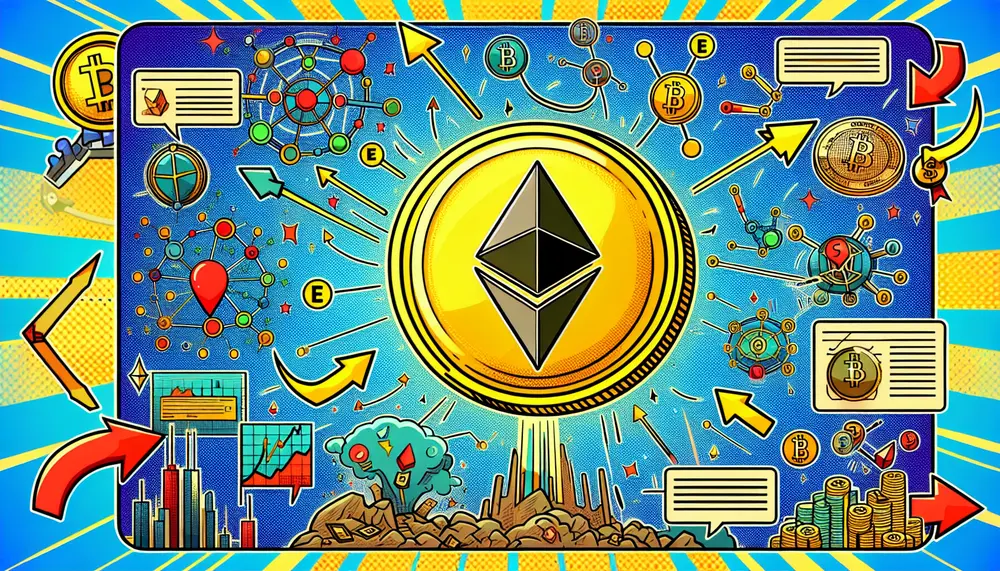What is a Hard Fork?
A hard fork is a significant change to the protocol of a blockchain network that makes previously invalid blocks and transactions valid, or vice-versa. This requires all nodes or users to upgrade to the latest version of the protocol software.
Understanding Hard Forks in Cryptocurrency
Hard forks in the cryptocurrency world occur when there is a divergence in the blockchain, resulting from one group of nodes deciding to adopt a new rule set. As a result, the blockchain splits into two separate paths - one follows the new, upgraded blockchain, and the other continues along the old path. Typically, a hard fork is initiated when there's a need to add new functionalities to the blockchain, to correct security risks found in older versions, or to reverse transactions, as was seen in the Ethereum hard fork following the DAO incident in 2016.
Impact on Exchanges and Investors
During a hard fork, cryptocurrency exchanges play a crucial role. They must decide whether to support the forked blockchain or not. Their decision can greatly affect the value and operation of the new fork. For investors, a hard fork can be significant as it often leads to receiving an equivalent amount of the new digital currency, provided they hold the original currency at the time of the fork in a wallet where they control the keys.
Hard Forks and All-in-One Platforms
All-in-one platforms, which provide comprehensive crypto services including trading, investing, and storing, must be particularly vigilant during a hard fork. They need to ensure seamless transition and support for both versions of the blockchain. This includes updates in wallet services, trading pair listings, and advising their users appropriately to safeguard their investments.
Key Examples of Hard Forks
Some of the most notable examples of hard forks include Bitcoin Cash forking from Bitcoin in 2017 and Ethereum Classic forking from Ethereum in 2016. Each of these forks was carried out to address differing community beliefs about the direction of the project, illustrating the decentralized and democratic nature of blockchain technology.















